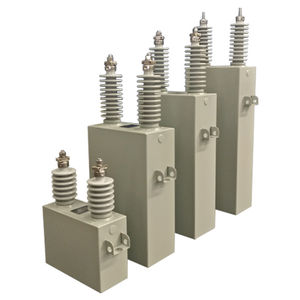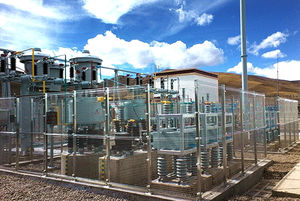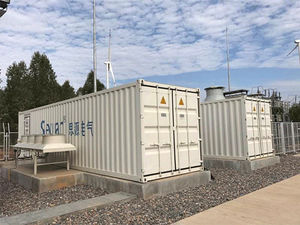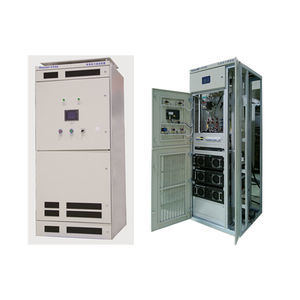
- Electricity - Electronics
- Power Supply
- Power factor compensator
- Siyuan Electric Co., Ltd
- Products
- Catalogs
- News & Trends
- Exhibitions
Power factor compensator static reactive energy

Add to favorites
Compare this product
Characteristics
- Type
- power factor, static reactive energy
Description
Sieyuan QingNeng integrated SVG(QNTSVG) is the SVG and TSC combined compensation solution, TSC use thyristor to switch capacitor bank, the output reactive power capacity is step change, cannot meet the accurately control power factor requirement, and the thyristor only can trigger during the first half of cycle, so the TSC responding time is too slow, its compensation effect is not good while reactive power change violently caused by like spot welding machine. SVG can no-step continuous compensates the reactive power, both the inductive and capacitive, responding quickly.
As shown below, the QNTSVG consists of one set SVG(±50kvar) and sets of TSC. SVG can no step continuous compensate the reactive power form inductive 50kvar to capacitive 50kvar, and TSC is fixed compensation value; so within the rated capacity, any compensation value can be combined by the SVG’s value and some TSC’s fixed value,
In this case to realize the continuous reactive power compensation
Operating Environment:
Ambient Temperature: -25℃~55℃
Store Temperature: -40℃~65℃
Humility: 95%
Altitude: Not exceed 2000m (can be customized)
Product Characteristic
• Digital control system based on DSP technology, coordinated control of SVG and TSC comprehensively
• Use IGBT as SVG module parts.
• Responding time no more than 10ms.
• Compensate both the inductive and capacitive reactive power.
• Continuous no step value compensation
Product Application Scope
QNTSVG has been used in more than 10 industries like: Power Company, airport, municipal building, chemical enterprise, automobile plant and port etc.
Other Siyuan Electric Co., Ltd products
POWER QUALITY TREATMENT EQUIPMENT
*Prices are pre-tax. They exclude delivery charges and customs duties and do not include additional charges for installation or activation options. Prices are indicative only and may vary by country, with changes to the cost of raw materials and exchange rates.











